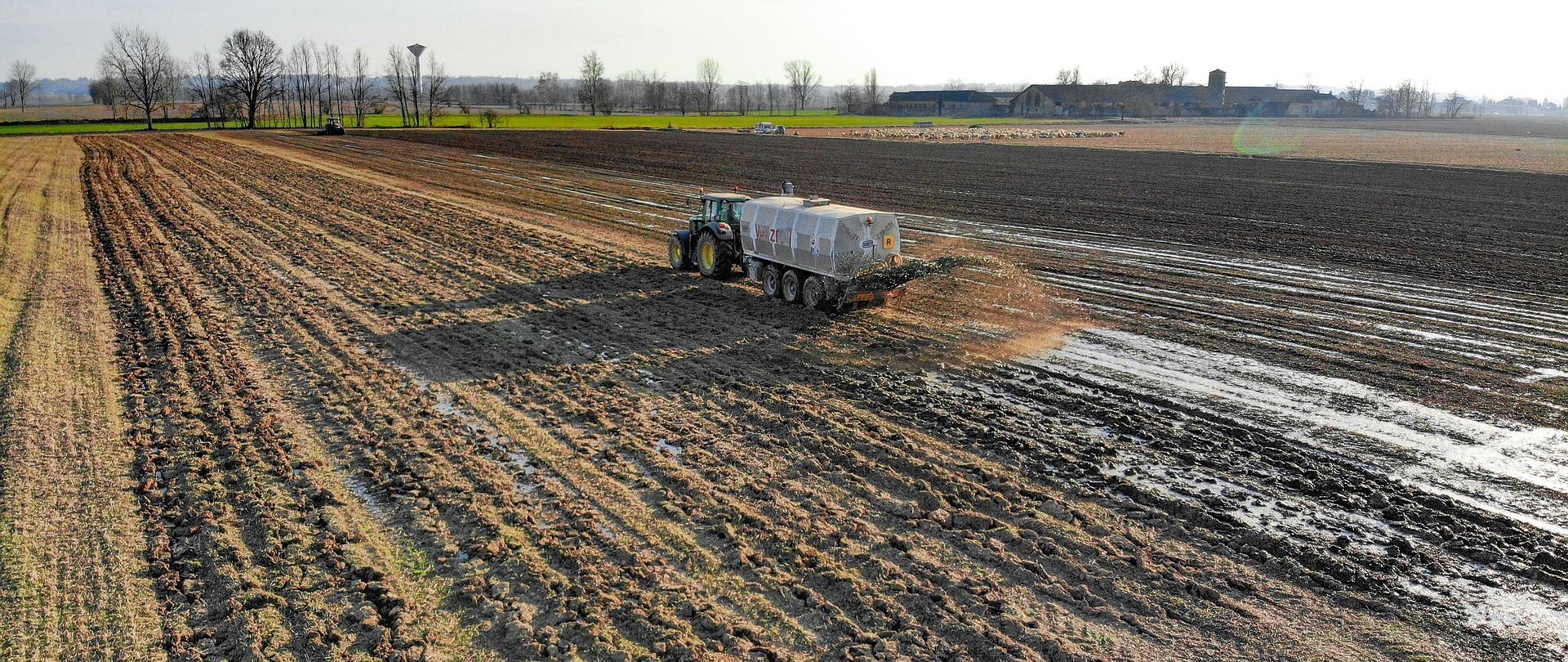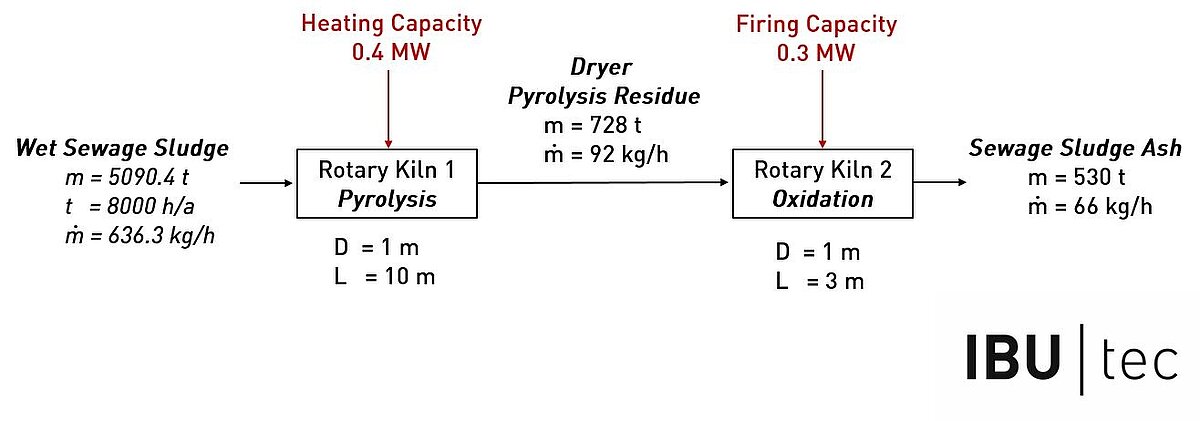Globally, phosphorus is one of the most important fertilizers to humanity however, the availability of natural deposits of this raw material are limited. Together with our partners, we at IBU-tec are working to develop technical processes for the recovery of phosphorus and to integrate sewage sludge into the circular economy as a "raw material".
Sewage Sludge as a Raw Material Source
According to the German Federal Institute for Geosciences and Natural Resources, global reserves of phosphorite amount to approximately 70 billion tons. Projections indicate that maximum global phosphate production will be reached as early as 2030.
Sewage sludge however, offers an alternative to natural phosphate reserves containing large quantities of the material. In the past, farmers often fertilized their fields with residues from wastewater treatment. Unfortunately, in addition to phosphorus and other useful minerals, this material also contained hazardous pollutants and heavy metals.
The legislature therefore decided to phase out the use of sewage sludge as a fertilizer in 2017 with an amendment to the Sewage Sludge Ordinance. At the same time, it obliged sewage sludge producers to recover the valuable phosphorus. According to the Federal Environment Agency, around 1.8 million metric tons of sewage sludge dry matter was produced in Germany in 2016 - an important source of raw materials, the use of which is now required by law.
In addition to the recovery of phosphorus as a non-renewable raw material, there are other possible uses for sewage sludge, which contains numerous minerals and substances that support plant growth. Therefore, the goal must be to move away from soil-based recycling of untreated sewage sludge and generate a product that can be used as a non-pollutant fertilizer.
The particular challenge in developing a thermal process for treating sewage sludge to recover phosphorus arises from the large number of legally prescribed limit values. For example, the Sewage Sludge Ordinance, the Closed Substance Cycle Waste Management Act, the Fertilizer Ordinance and the Landfill Ordinance contain detailed specifications for the phosphorus recovery rate as well as for the maximum heavy metal load, the total organically bound carbon (TOC) and the loss on ignition, i.e. the total content of organic matter in the sewage sludge.
Thermal Processes for the Recovery of Phosphorus From Sewage Sludge
The currently predominant technology for thermal treatment of sewage sludge is the fluidized bed. However, due to their simple and robust design combined with low material requirements, rotary kilns are also very well suited for the processing of pre-dried sewage sludge, especially with a view to processing in waste incineration plants. This is the focus of the projects at IBU-tec.
The thermal process used thus far for phosphorus recovery involves two reactions - pyrolysis and oxidation - which are carried out together in a rotary kiln. This process formed the starting point for investigating the steps and developing a plant for the thermal treatment of sewage sludge.
The goal at IBU-tec was to divide the process into two separate steps: first the treatment in a pyrolysis rotary kiln and then the oxidation in an incineration rotary kiln. The advantage of such a method is that the process stages can be controlled and operated separately.
Successful Development of a Two-Stage Thermal Process
One difficulty of the process was to find the optimal reaction temperature of the oxidation step, since the formation of soluble phosphorus compounds behaves inversely to the concentration of heavy metals in the sewage sludge ash. Thus, the solubility of phosphorus decreases with increasing temperatures, which has a negative effect on plant availability - the ability of plants to absorb the substance. At lower temperatures, on the other hand, the heavy metal content in the residue is too high, resulting in limit values being exceeded. Expertise is therefore of particular important here.
Based on the test results, IBU-tec was able to determine a pyrolysis temperature and an oxidation temperature. In addition, it could be demonstrated that it is possible to comply with the legally prescribed limit values for carbon content, loss on ignition and phosphorus recovery with the two-stage process.
Exemplary Calculation for Weimar
In 2017, approx. 1.7x10^6 t of sewage sludge was produced as dry matter in Germany. Including approx. 75% moisture, this corresponds to approx. 5,100 t of sewage sludge produced by a small town like Weimar with approx. 65,000 inhabitants. Based on this, an exemplary calculation of the mass flows and energy inputs was made.
Summary of the Findings and Outlook
In our trials, we have gained findings that support our considerations. A corresponding patent has been applied for. Our trials have shown that the two-stage process for recovering phosphorus from sewage sludge complies with the limit values for TOC and loss on ignition. The phosphorus solubility, which is used as a measure of plant availability, is within the expected range of thermal processes for phosphorus recovery.
Subsequent experiments will now be conducted to optimize the heavy metal loading. One way of further reducing the heavy metal load is to add additives (e.g. MgCl2) to reduce the boiling point and thus transfer them to the gas phase at the reaction temperature.


